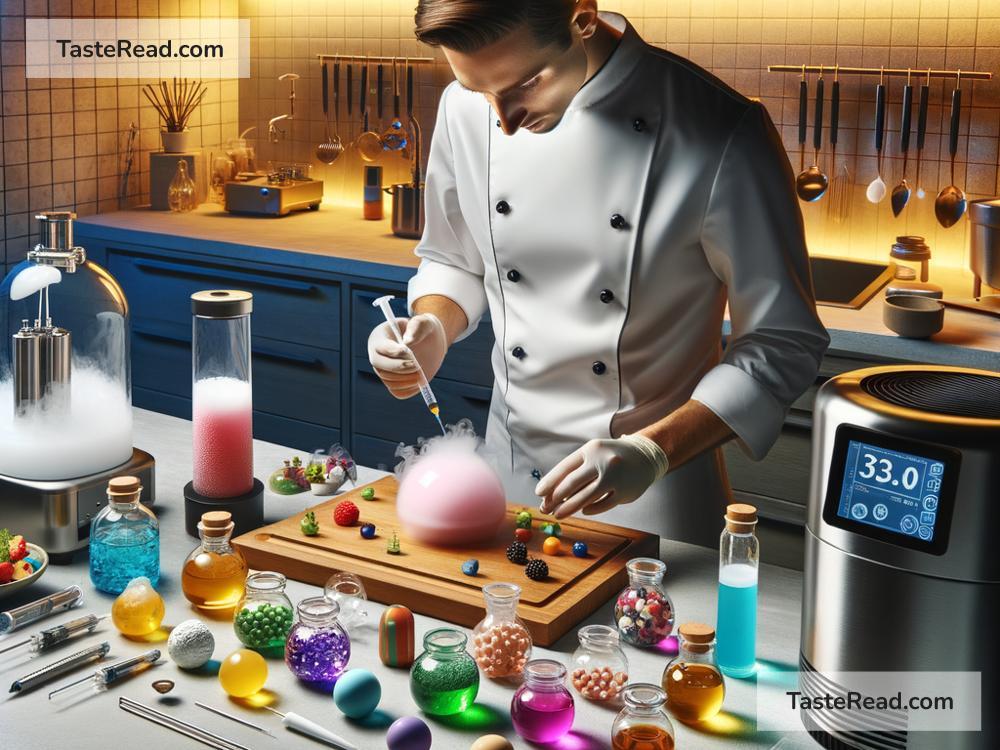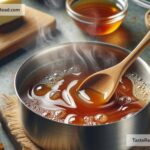The Science of Cooking with Synthetic Elements: Techniques and Tips
Cooking is an art, but it’s also deeply rooted in science. By understanding the science behind cooking, we can explore new techniques, flavor combinations, and even ingredients. One fascinating area of culinary experimentation involves using synthetic elements or compounds—ingredients created in labs instead of growing naturally on farms. While this might sound futuristic, synthetic elements are already used in many recipes, from artificial flavorings to edible foams.
But what does cooking with synthetic elements mean, and how can we use them effectively? Let’s dive into the science behind this approach, how it’s shaping modern kitchens, and some tips for using synthetic elements to elevate your cooking.
What Are Synthetic Elements in Cooking?
Synthetic elements in cooking refer to man-made compounds or ingredients designed to modify or enhance food. These can be artificial flavorings, food additives like emulsifiers and stabilizers, or even lab-created proteins. Unlike traditional ingredients that come from plants, animals, or minerals, synthetic elements are developed using chemistry and advanced techniques.
For example:
– Artificial flavors mimic the taste of natural ingredients (think vanilla extract made without vanilla beans).
– Texturizers like xanthan gum can create thicker sauces or improve mouthfeel in drinks.
– Surprising compounds like edible glitter or calcium lactate allow chefs to create fun presentations.
Synthetic doesn’t mean unhealthy. Many are safe, regulated, and have been used for decades. What makes them exciting is their ability to push culinary boundaries by providing tools to create dishes that look, taste, and feel extraordinary.
The Key Benefits of Cooking with Synthetic Elements
Synthetic elements can do things that natural ingredients simply cannot. Here are a few examples:
-
Precision and Consistency
Synthetic elements allow chefs to control taste, texture, and appearance with exact precision. For instance, artificial sweeteners like sucralose can mimic sugar’s sweetness without calories, offering consistent results every time. -
Improved Shelf Life
Food additives can help preserve freshness, making synthetic elements useful for creating dishes that last longer, reducing food waste. -
Innovation
Modern chefs are using synthetic elements to create dishes like liquid-filled spheres, edible clouds, and multi-flavored foams that look more like art than food. -
Accessibility
Some synthetic compounds mimic rare or expensive ingredients, such as truffle oil flavored without needing real truffles. This helps make luxurious flavors more accessible.
Techniques for Cooking with Synthetic Elements
Ready to try cooking with synthetic elements? Here are some beginner-friendly techniques you can explore.
1. Using Food Additives to Enhance Texture
Food additives like agar-agar (a plant-based thickener) or lecithin can dramatically change the texture of your dish. Try using agar-agar to create jelly spheres, or whip lecithin into liquids to form delicate foams.
Tip: Follow precise measurements when using food additives. A small error can completely change your dish!
2. Experimenting with Flavor Molecules
Did you know that two very different foods can share chemical flavor compounds? For example, strawberries and basil share similar molecules that complement each other beautifully. Artificial flavors mimic natural compounds, opening new ways to pair unexpected ingredients.
Tip: When starting out, try combining synthetic flavors with natural foods for balance—like adding lime-flavored powder to fresh mango for a tropical twist.
3. Modern Gastronomy Techniques
One popular use of synthetic elements is molecular gastronomy—the science of transforming food. Techniques like spherification (creating small edible spheres, like “caviar”) require synthetic components like sodium alginate and calcium chloride. These elements interact chemically to form gel-like spheres on the outside while remaining liquid inside.
Tip: Spherification may sound complicated, but kits are available for home cooks to experiment and have fun!
4. Mastering Presentation with Synthetic Additives
Imagine serving a dish topped with glittery edible flakes or creating fog-like clouds from dry ice. Synthetic elements let you elevate presentation, wow your guests, and turn meals into experiences.
Tip: Always check the safety of decorative synthetic elements to make sure they’re edible.
Tips for Cooking with Synthetic Elements
While cooking with synthetic elements can be exciting, it’s important to approach this area responsibly—both for health and culinary success. Here are some handy tips:
-
Learn the Science
Understand how different synthetic elements work before using them. For example, learn how thickeners interact with heat or how flavor concentrates affect taste. -
Measure Precisely
Synthetic elements often require accurate measurements. Too much or too little can ruin a dish’s flavor or texture. -
Start Simple
Begin with easy techniques like using artificial flavor powders or simple texturizers. Advance to methods like molecular gastronomy as you gain confidence. -
Check Regulations
Ensure that any synthetic compounds you use are approved for consumption in your location. Most available options are safe, but always double-check. -
Balance Synthetic and Natural Ingredients
While synthetic elements can elevate dishes, natural ingredients add depth and nutrition. Strike a balance to create wholesome meals.
Looking to the Future of Cooking
Cooking with synthetic elements reflects the growing link between science and food. As technology develops, we may one day enjoy lab-grown steaks or drinks with vitamin-infused bubbles made entirely from synthetic compounds. The boundaries of what’s possible in the kitchen are expanding, making cooking as much about science as it is about creativity.
Whether you’re a beginner or a seasoned chef, experimenting with synthetic elements can open doors to creating foods that surprise, delight, and inspire. With the right techniques and a dash of curiosity, you’ll find that cooking with synthetic elements transforms your kitchen into a culinary laboratory.
So go ahead—explore this exciting world, and let science spice up your cooking!


